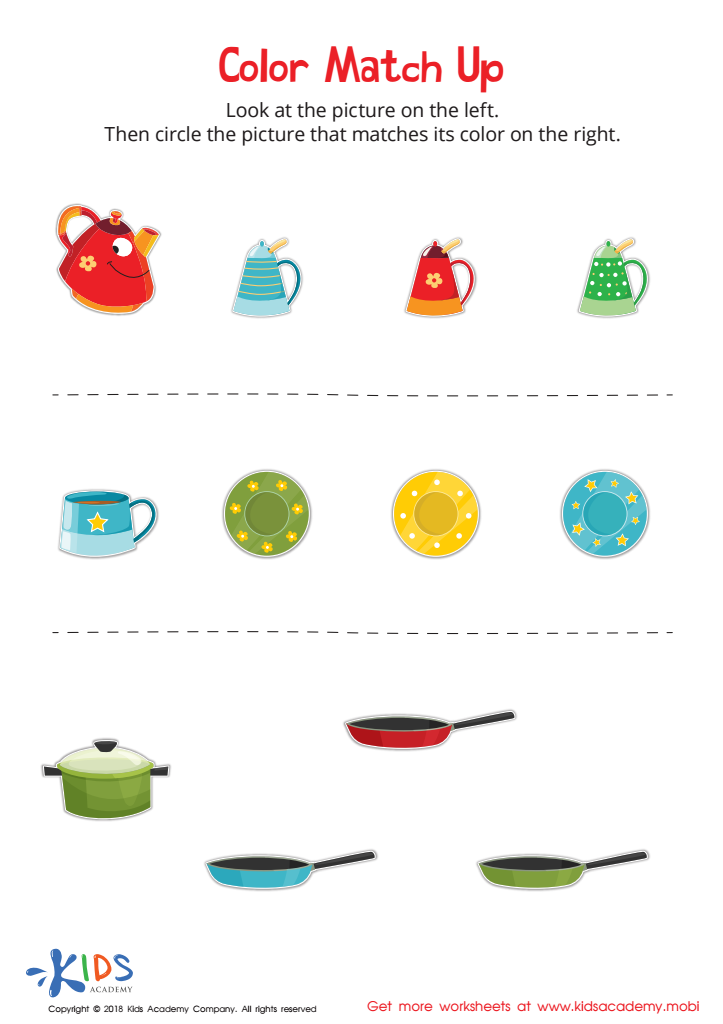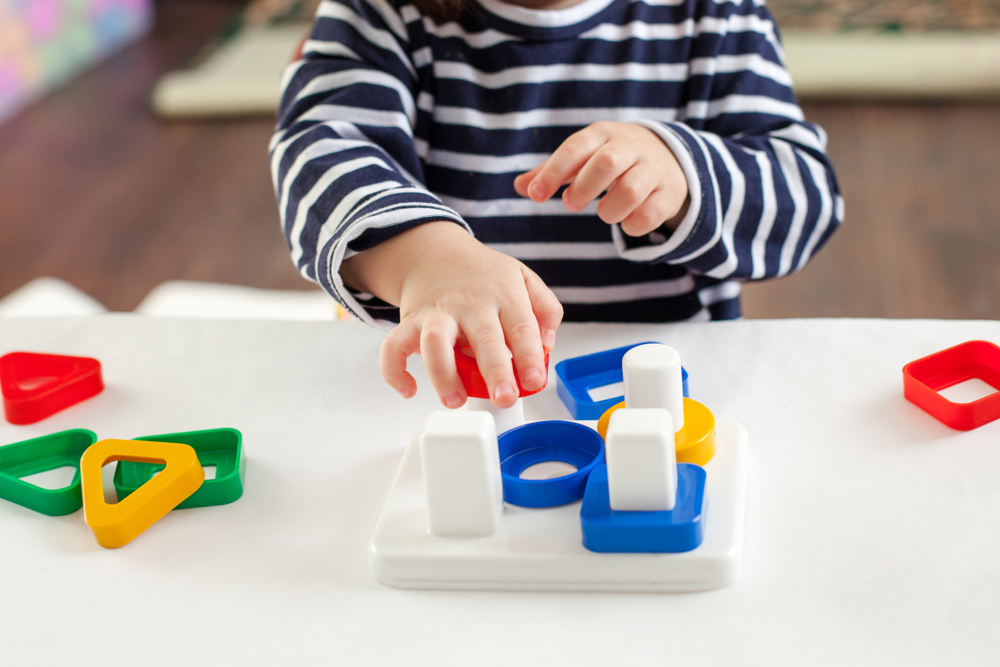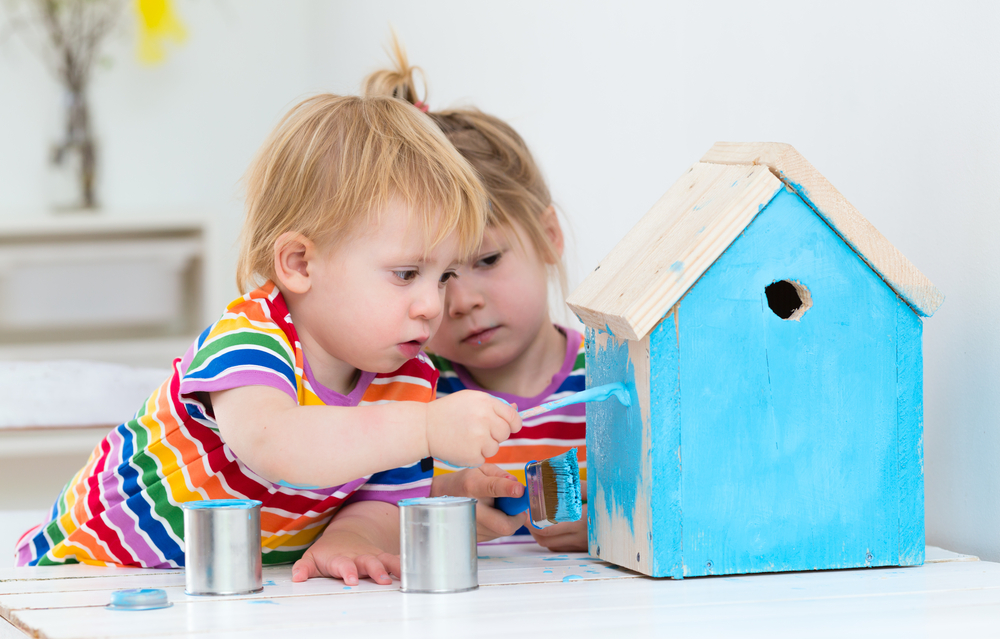Normal Matching Worksheets Activities With Answers for Ages 3-7
41 filtered results
-
From - To
Discover the exciting world of Normal Matching Worksheets designed for children ages 3 to 7! These engaging activities promote essential skills such as critical thinking, pattern recognition, and vocabulary development. Each worksheet is tailored to enhance cognitive abilities in a fun and interactive manner. With colorful illustrations and relatable themes, these worksheets capture children's attention while fostering independent learning. Each activity comes complete with answer keys, ensuring an effortless teaching experience for educators and parents alike. Perfect for classrooms or at-home learning, our matching worksheets will ignite your child’s passion for learning and lay a solid foundation for future educational success!
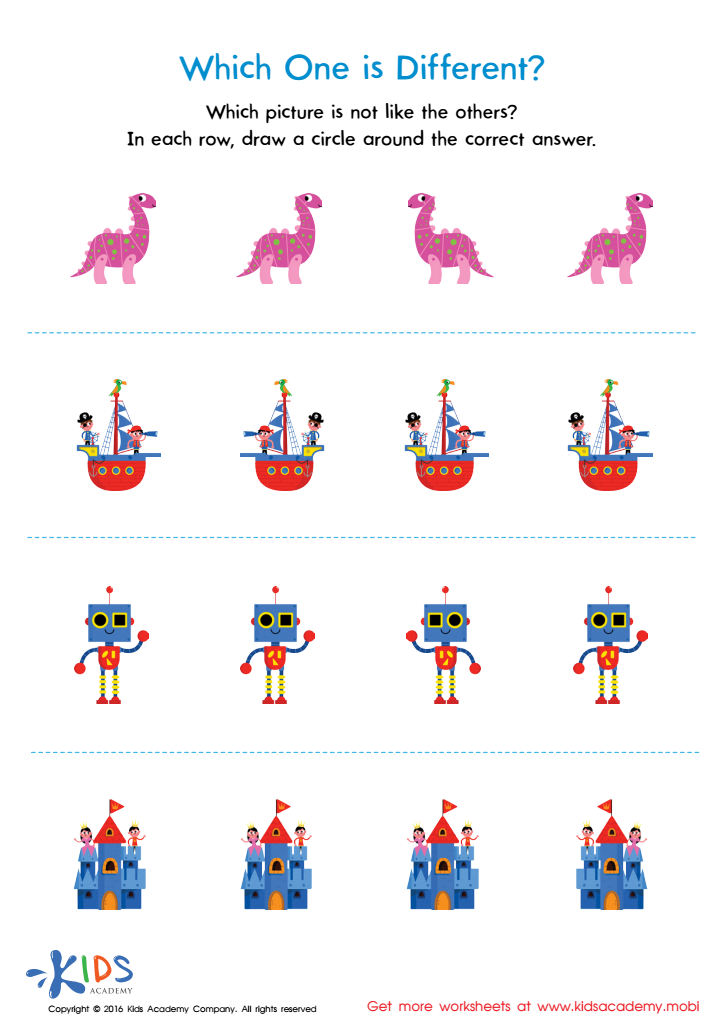

Which One Is Different Worksheet
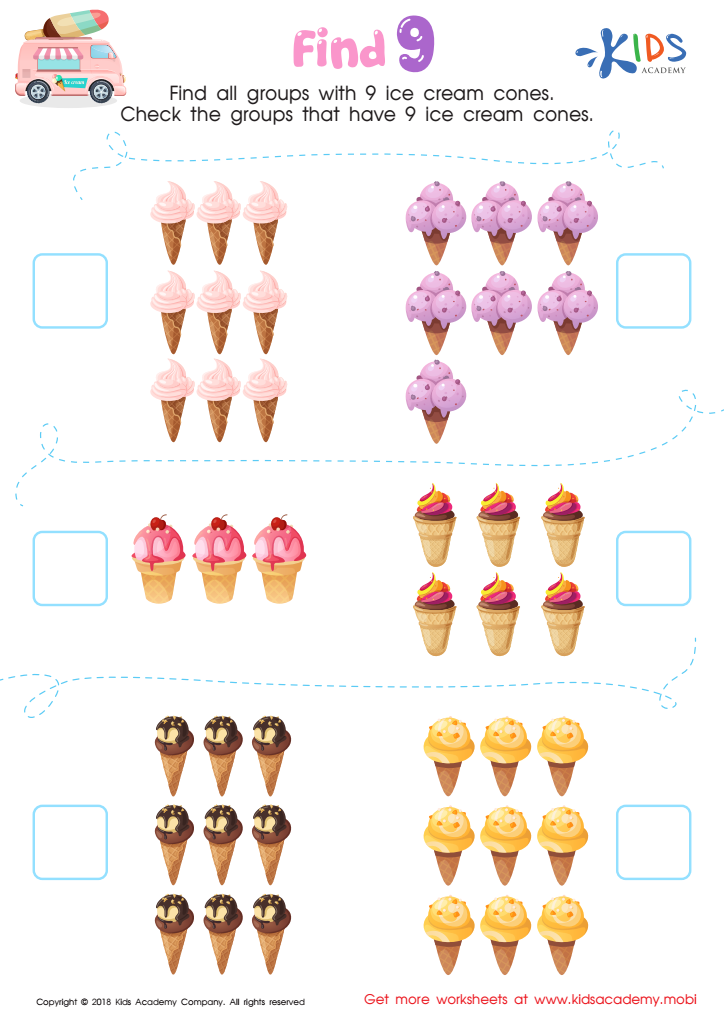

Find 9 Worksheet
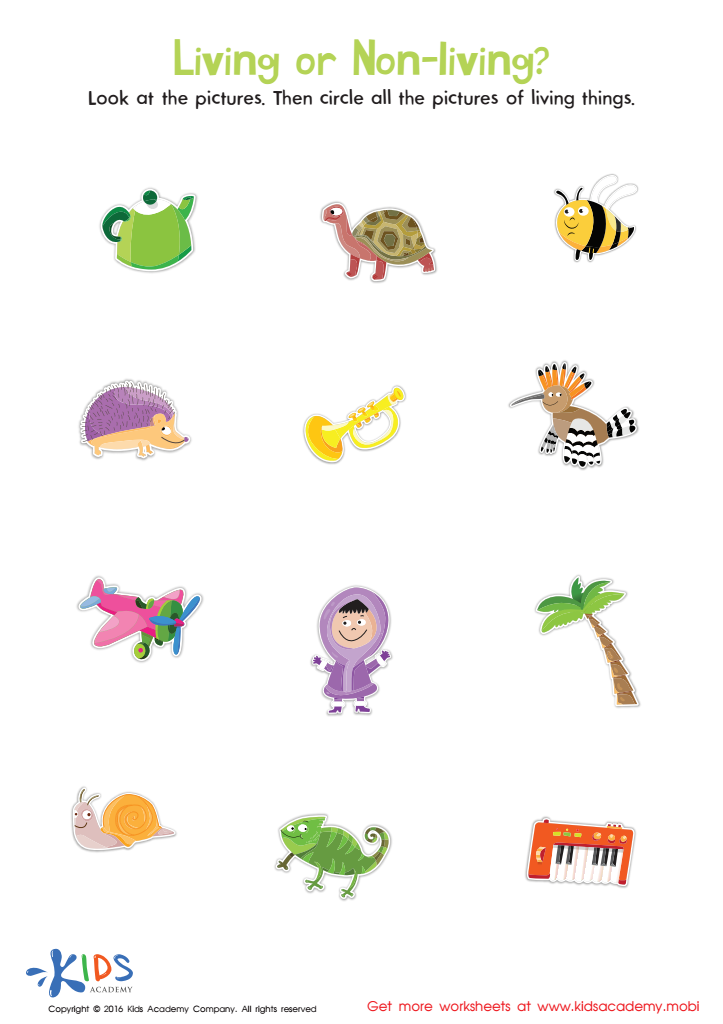

Identifying Living and Non–living Things Sorting Worksheet
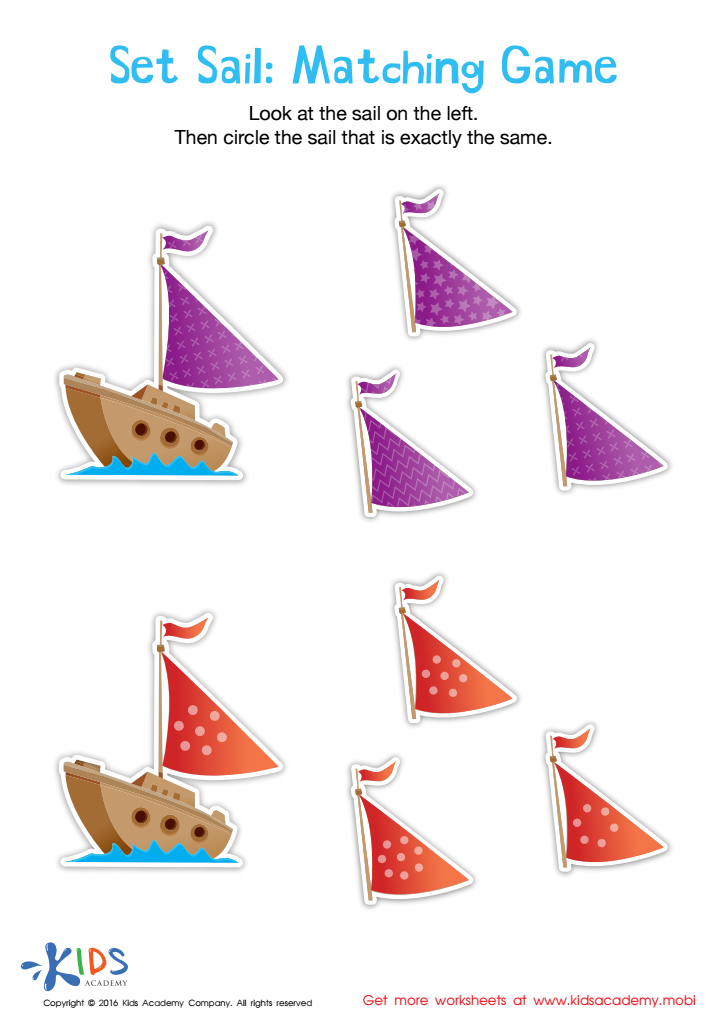

Set Sail Worksheet
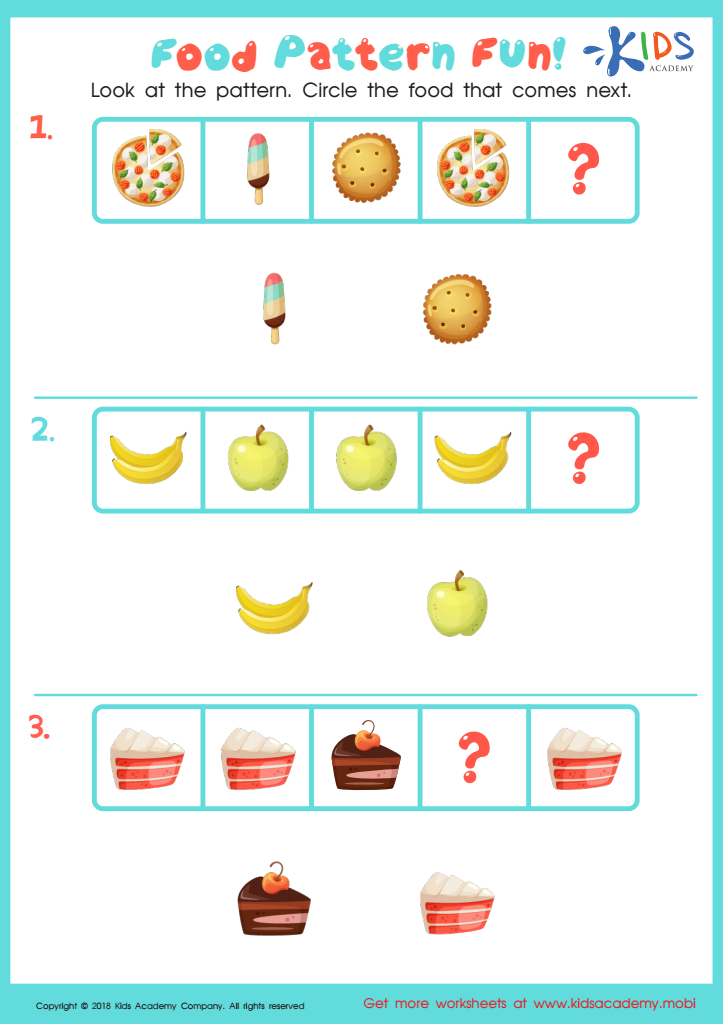

Food Pattern Fun Worksheet
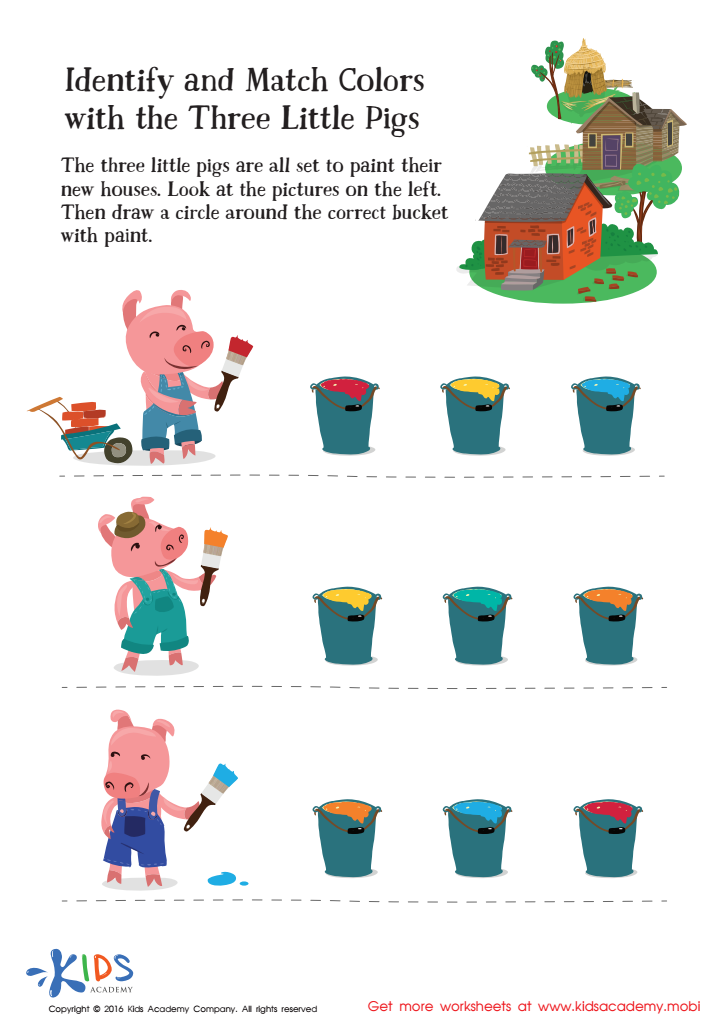

Fairy Tale Worksheet: Identify and Match Colors with Three Little Pigs
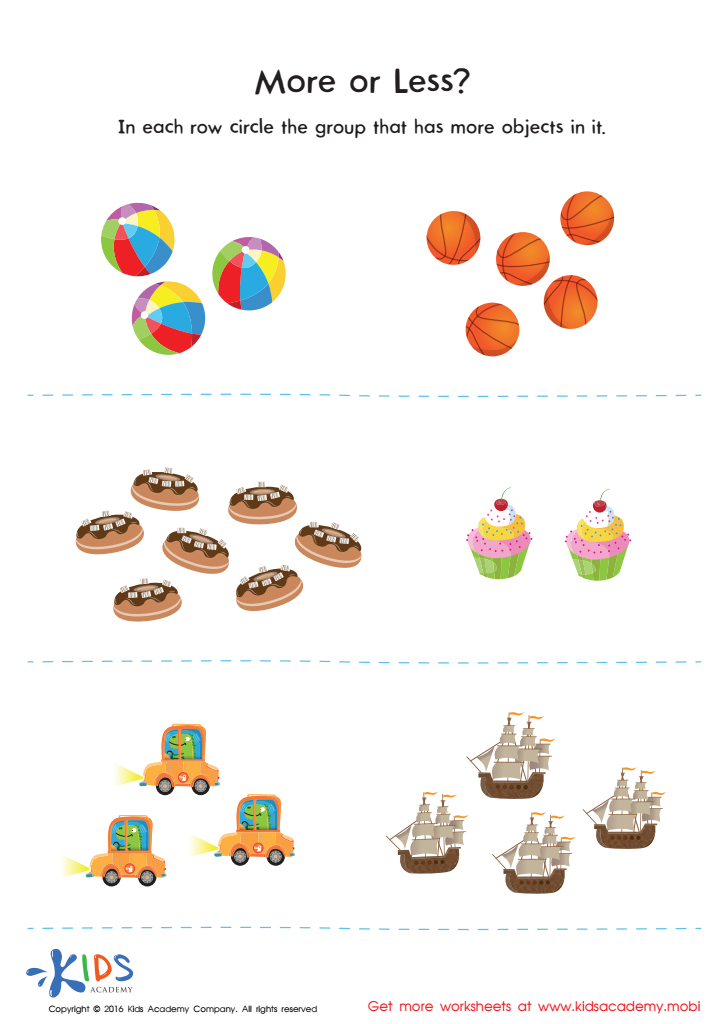

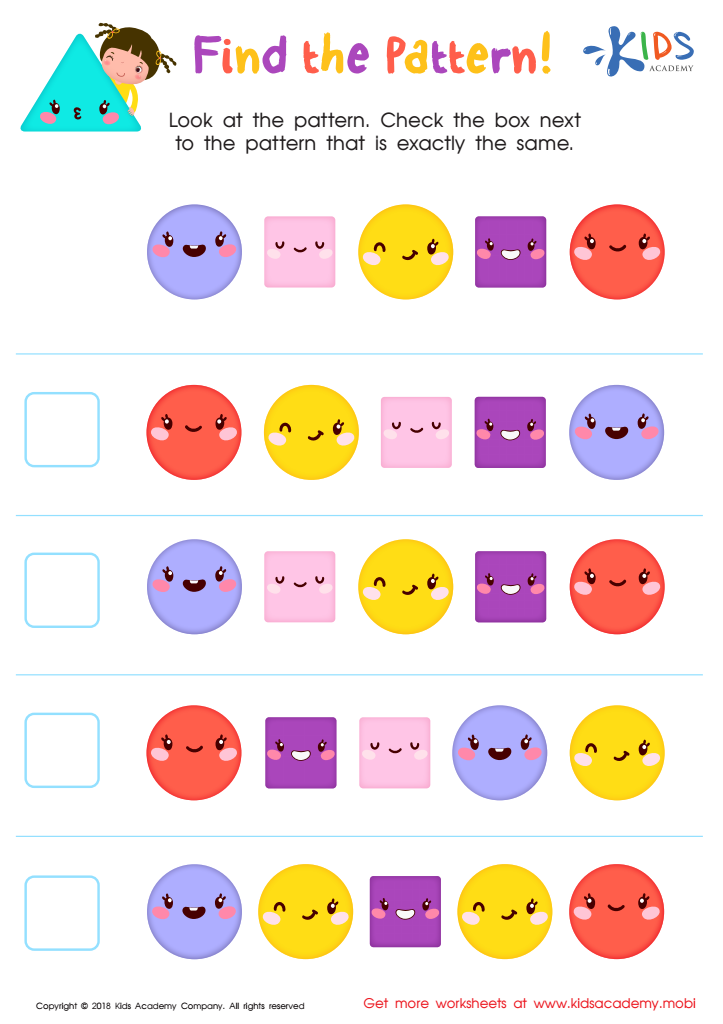

Find the Pattern Worksheet
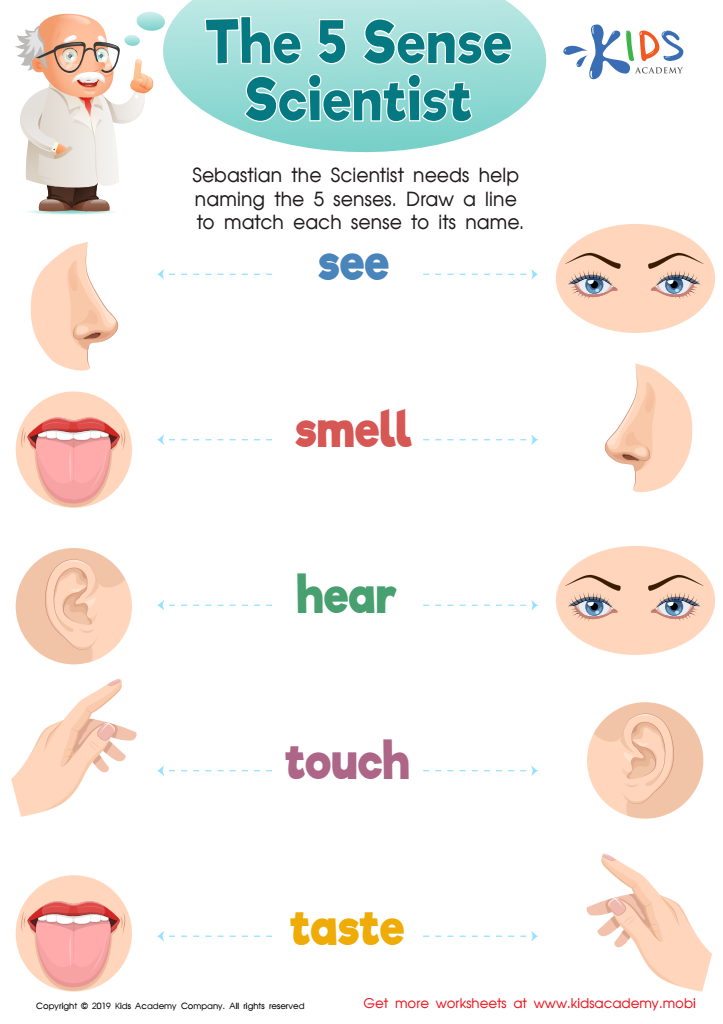

The 5 Sense Scientist Worksheet
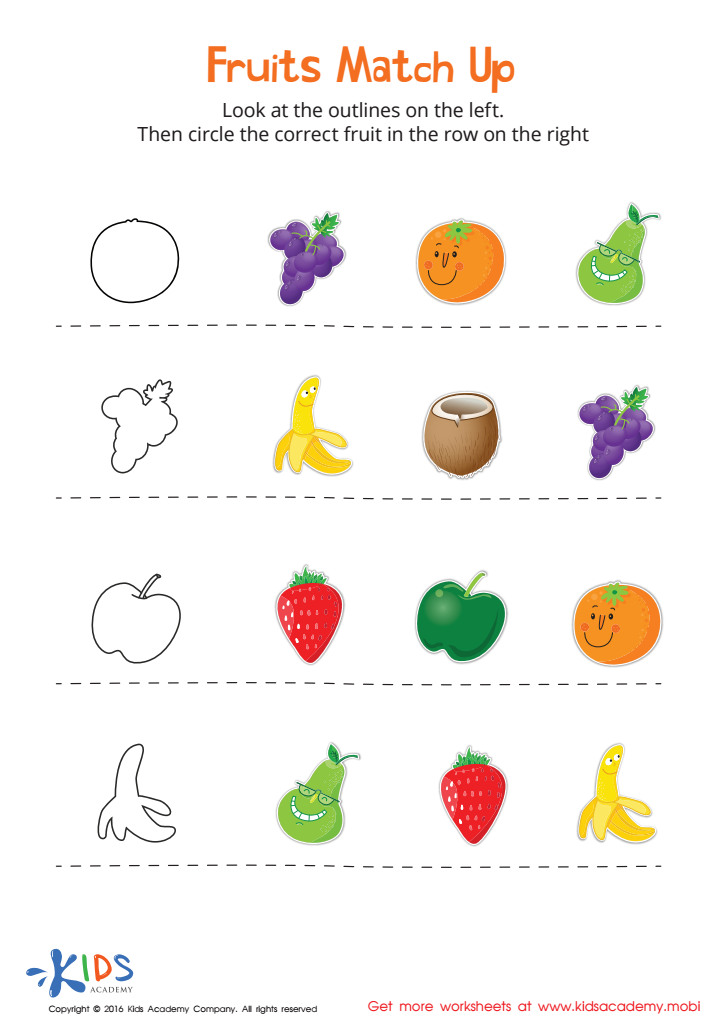

Fruits Match Up Worksheet
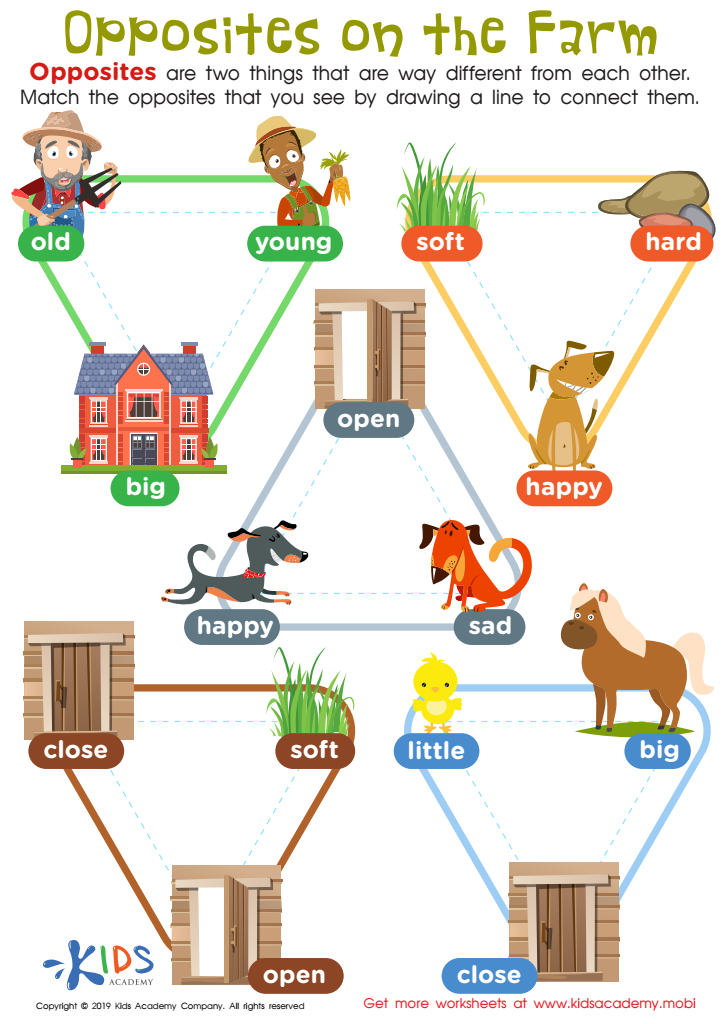

Opposites on the Farm Worksheet
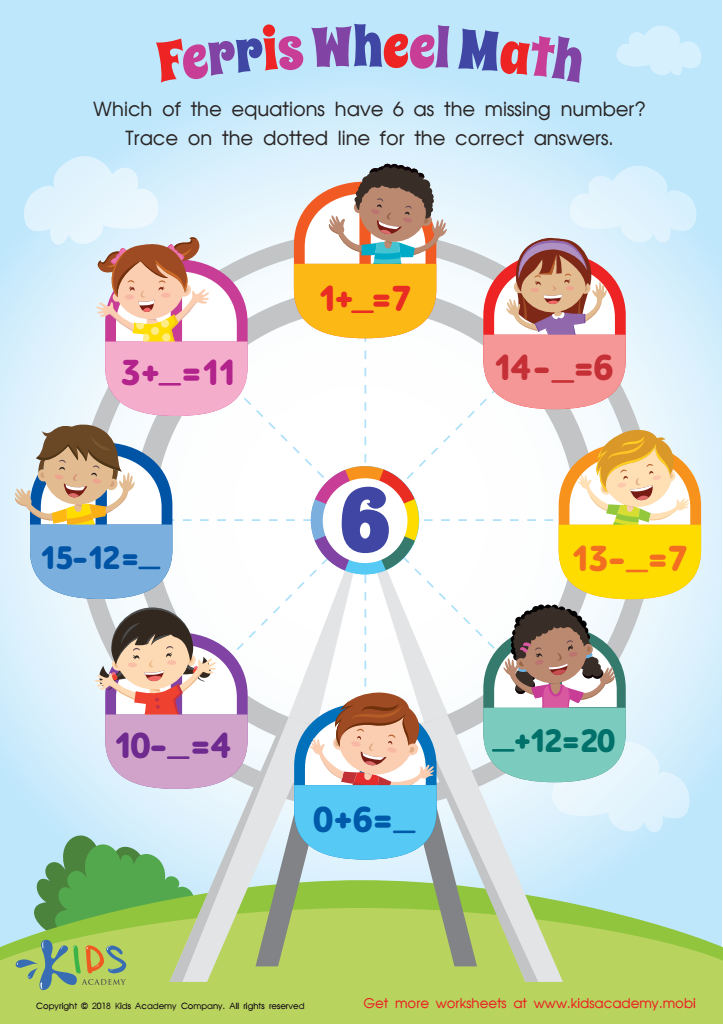

Missing Number: Ferris Wheel Math Worksheet
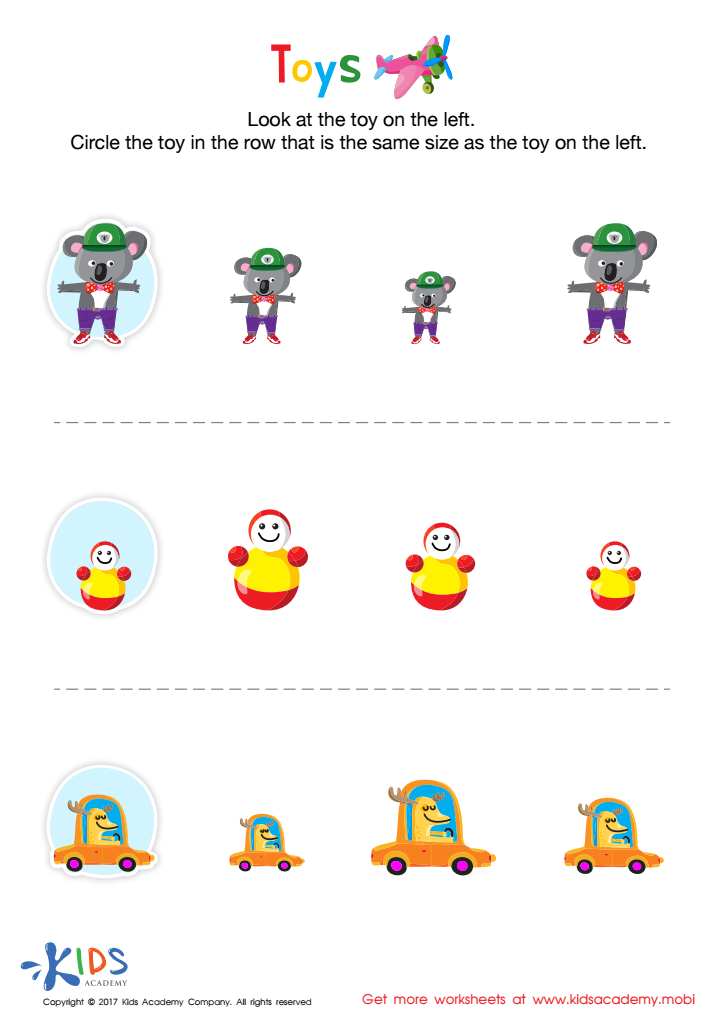

Matching: Classifying Toys by Size Worksheet
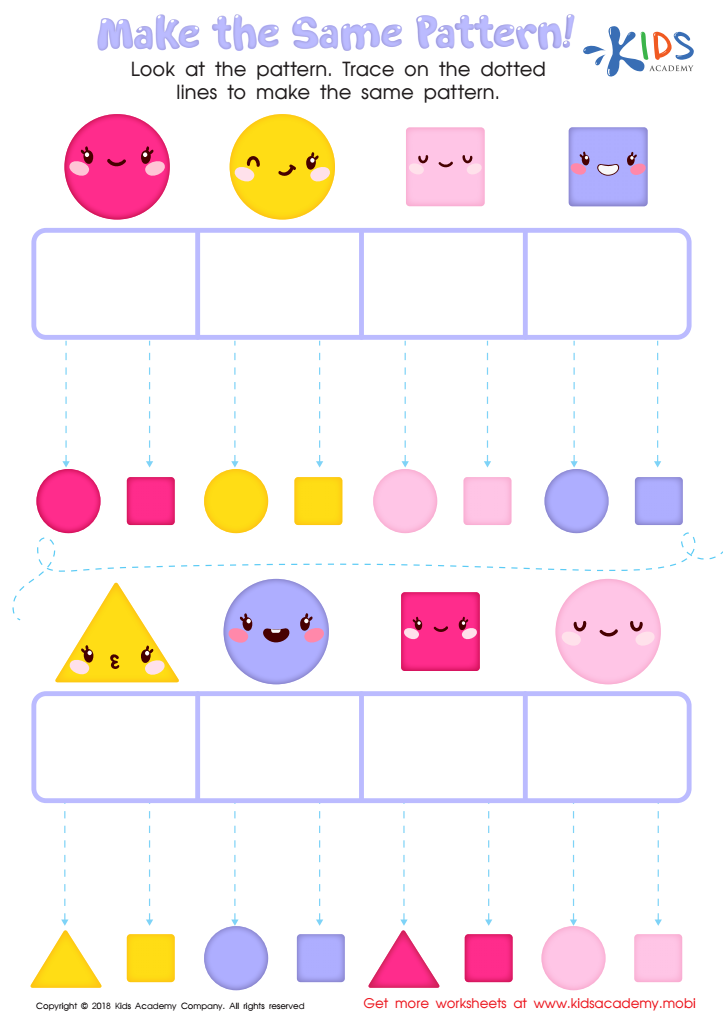

Make the Same Pattern Worksheet
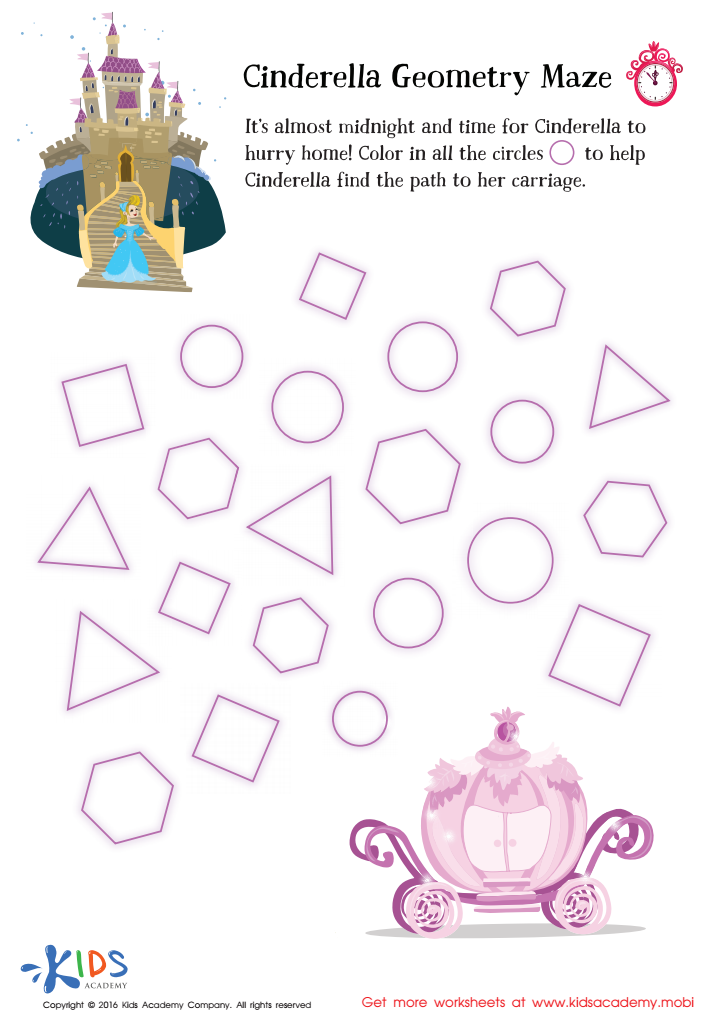

Cinderella Geometry Maze Worksheet
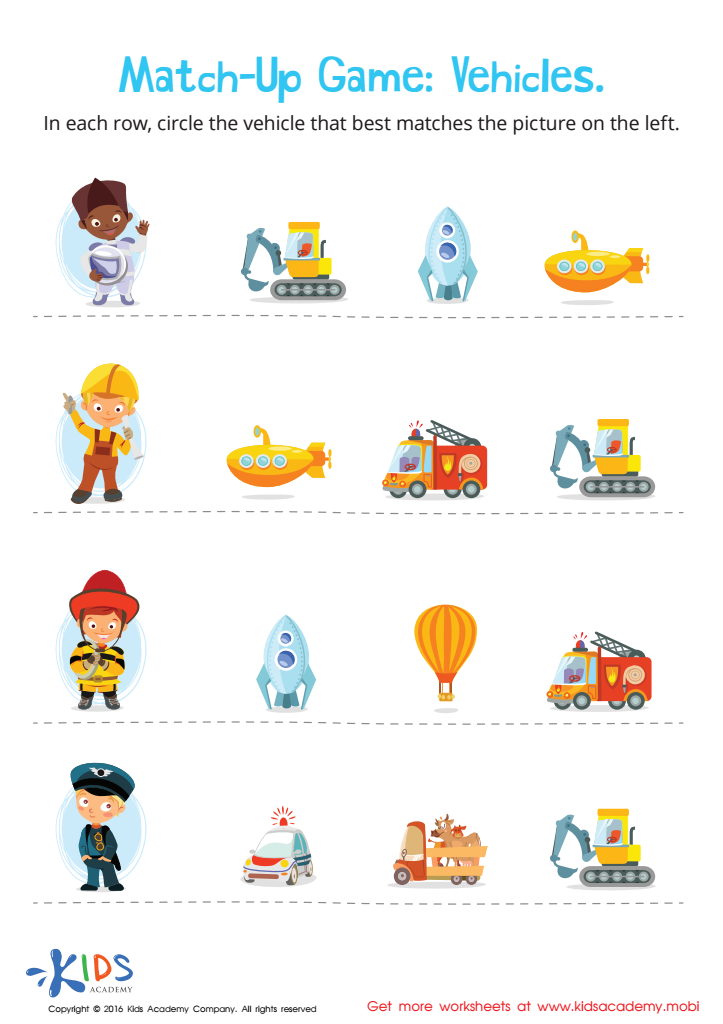

Vehicles Worksheet
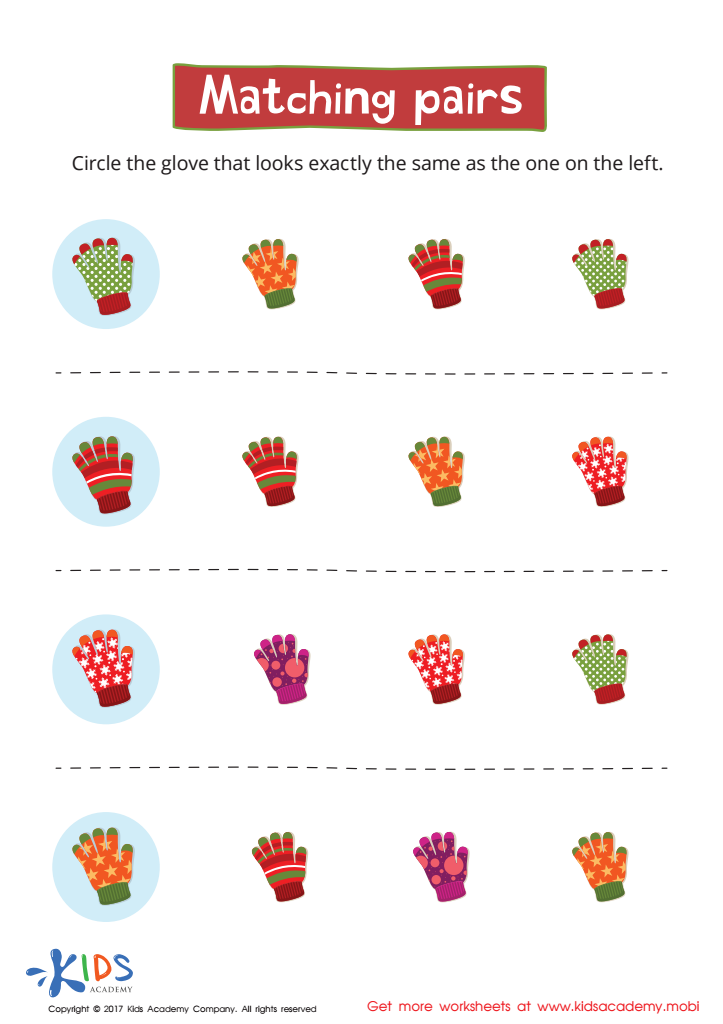

Matching: Matching Pairs Worksheet
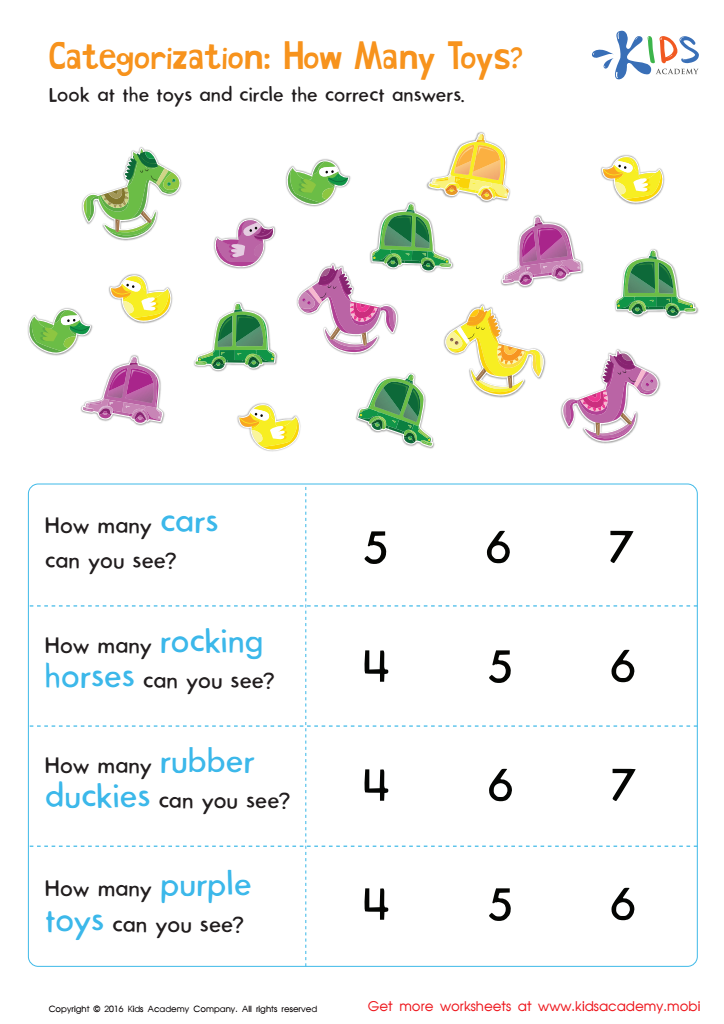

Classifying Toys by Type and Color Sorting Worksheet
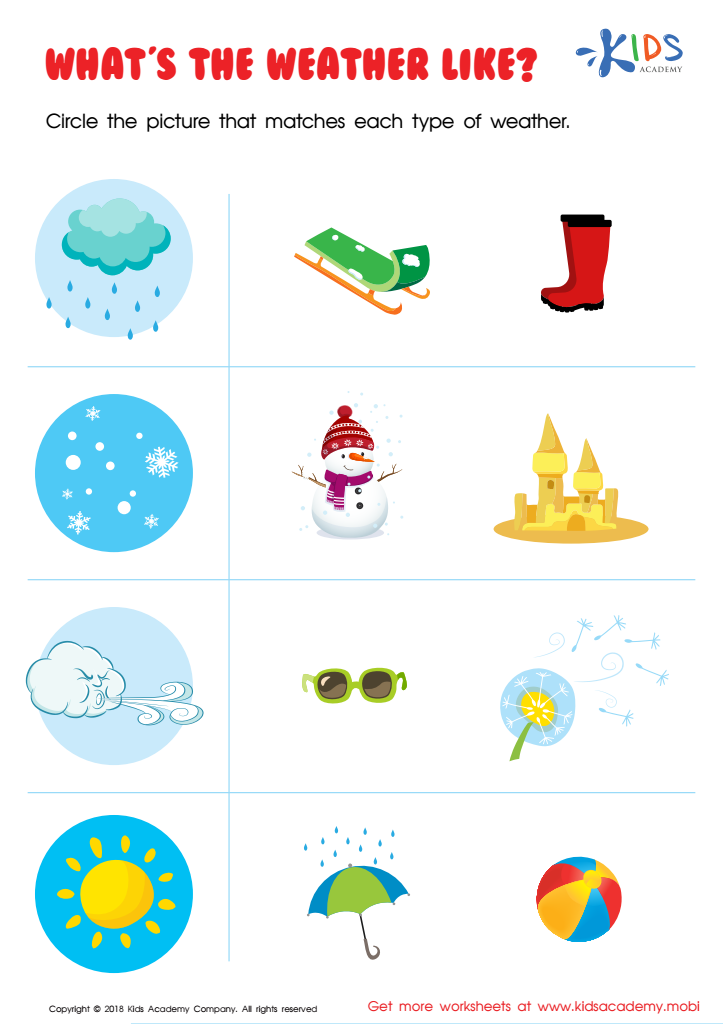

What's the Weather Like? Worksheet
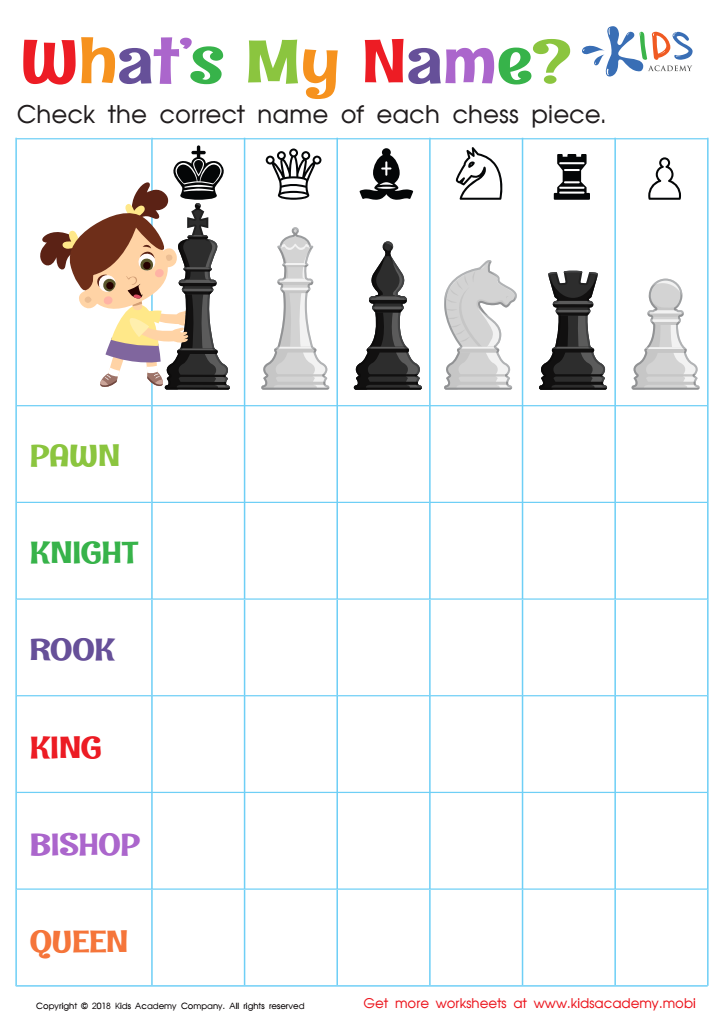

What's My Name? Worksheet
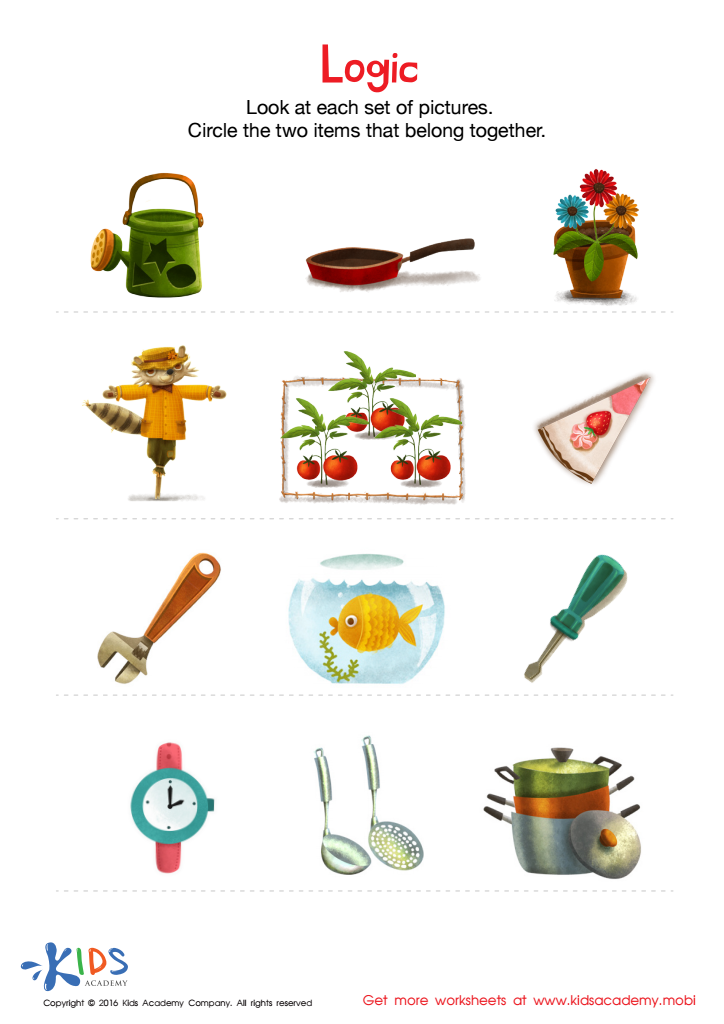

Logic Game Sorting Worksheet
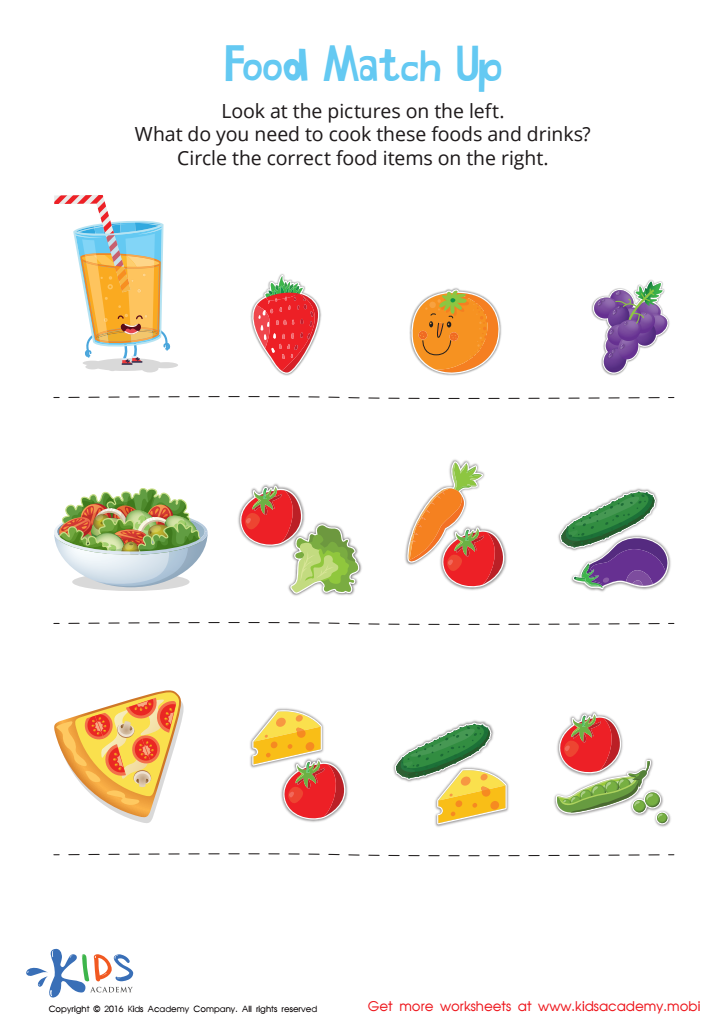

Food Match Up Worksheet
Normal Matching Activities are essential for children aged 3-7 as they significantly contribute to cognitive, social, and emotional development. These activities, which involve pairing items with their corresponding counterparts—such as matching animals to their habitats or colors to objects—encourage critical thinking and problem-solving skills. As children engage in these tasks, they enhance their ability to recognize patterns and make connections, fundamental skills for future learning in subjects like mathematics and literacy.
Moreover, Normal Matching Activities foster language development as children learn to verbalize their thoughts and describe what they observe. They promote fine motor skills by requiring precision in manipulation and interaction with various materials. Such activities also serve as a platform for social interaction; when conducted in group settings, children practice sharing, cooperation, and turn-taking.
For parents and teachers, incorporating Normal Matching Activities into daily routines can make learning enjoyable, reinforcing educational concepts in a fun and interactive manner. By ensuring that these playful learning opportunities are part of a child’s early educational experience, caregivers empower them to establish a strong foundation for lifelong learning and curiosity. Ultimately, these activities nurture a well-rounded approach to childhood development, making them an invaluable resource for educators and parents alike.

 Assign to My Students
Assign to My Students
